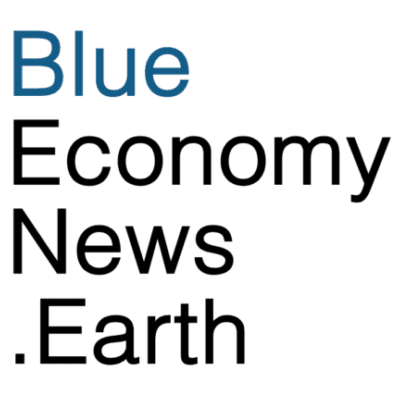The American Saltwater Guides Association (ASGA), is calling on the Atlantic States Marine Fisheries Commission (ASMFC) to immediately reduce the total allowable catch of Atlantic menhaden by 55%. Calling it the “most important fish in the sea” the group said figures used to determine natural mortality of menhaden has been inaccurately estimated for years, resulting in annual legal catch limits 275 million pounds higher than they should be.
The ASGA defines itself as a coalition of guides, small business owners and anglers who understand the value of keeping fish in the water. The ASMFC has said that according to the data it has from a 2021 stock assessment, menhaden is neither overfished nor in danger of being so. This battle has apparently been going on for decades.
“As most know, Atlantic Menhaden are a critically important species across the inshore and nearshore ecosystem, serving as a major forage fish for predatory fish, birds and marine mammals,” said Tony Friedrich, policy director of American Saltwater Guides Association. “The projections released last week exposes a hard-to-fathom level of mismanagement by the ASMFC of this critical species – with more than 275,000,000 pounds of menhaden being harvested per year than there should be, largely by a single enterprise benefitting off the United States’ natural resources to the detriment of our broader marine ecosystem.
The single enterprise he spoke of may be Omega Protein, considered the largest fisher of Menhaden.
“Anglers up and down the coast have been raising alarms for years about the massive, industrial removal of menhaden and the concerning decline of menhaden throughout their historical range, and this assessment provides substantial and concrete data that not only supports, but further amplifies their concerns.”
On Oct. 28, the ASMFC Atlantic menhaden board will meet to determine the future of the menhaden fishery. This coast-wide regulatory body has about 70 board members representing 15 states on the menhaden management committee.
Menhaden is a critical forage fish with a key role in supporting marine ecosystems, specifically as food for predatory fish, whales and marine mammals, birds, crustaceans and more.

